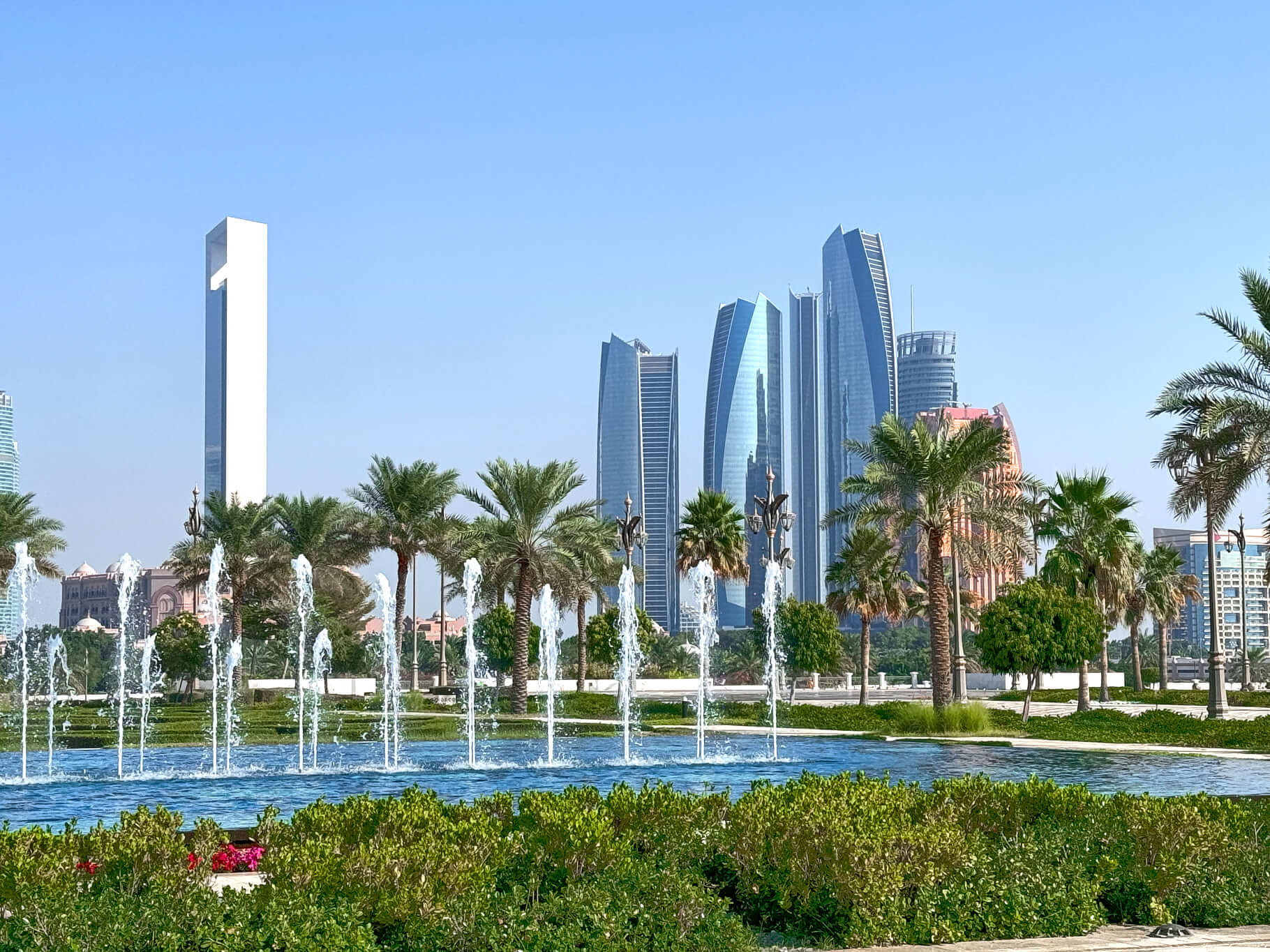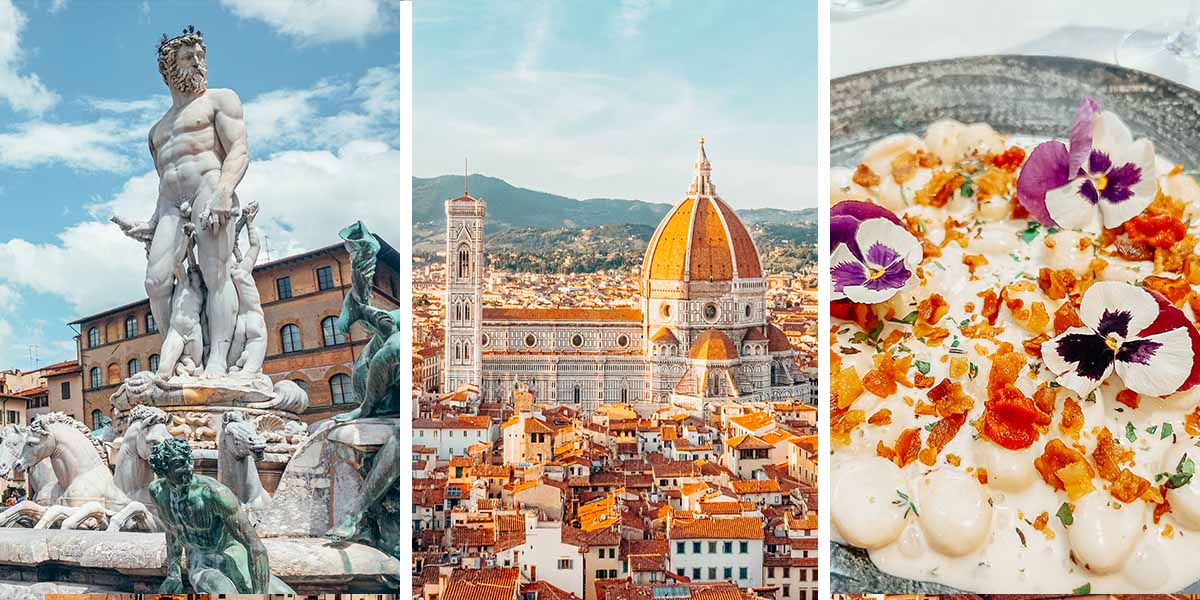St. Mark’s Basilica, nestled in the heart of Venice at the Piazza San Marco, is a testament to the city’s rich religious and political history. This cathedral, dedicated to Saint Mark the Evangelist, captivates visitors with its intricate mosaics and gleaming gold decorations, embodying the splendor of Byzantine art. With its roots in churches dating from the 9th century, the present-day structure of Basilica di San Marco has been the centerpiece of religious life in Venice since 1063. Millions come from around the world to explore its history and marvel at its art and architecture.
Since throngs of travelers are eager to visit this Venetian treasure (it seems like millions are there at one time if you’ve ever seen the lines), reserving St. Mark’s Basilica tickets or opting for a “skip the line” tour can enhance the visiting experience. I’ve provided contact information for Roaming Historian’s affiliates, so you can visit Basilica di San Marco, St. Mark’s Square, and the rest of Venice like a VIP.
Historical Background of St. Mark’s Basilica
St. Mark’s Basilica is a crowning jewel in the heart of Venice. Constructed between 1063 and 1094, the basilica was inspired by the Church of the Holy Apostles in Constantinople, reflecting a rich Byzantine influence that characterizes its style.
Initial Construction: Begun in 1063 under Domenico Contarini’s patronage, the structure was designed to enshrine Saint Mark’s relics (reportedly smuggled from Alexandria in a barrel of pork), establishing a spiritual and political emblem of Venetian power.
Artistic and Structural Enhancements: Over the years, the basilica underwent numerous renovations, incorporating Romanesque and Gothic elements alongside its predominant Byzantine style. This blend is evident in the intricate designs that adorn the west façade and the vibrant mosaics that cover the interior.
Mosaics and Artworks: The interior domes and vaults boast gold-ground mosaics depicting saints, prophets, and biblical scenes, showcasing eight centuries of evolving artistic styles. Notable among the treasures are the Pala d’Oro, an exquisite altarpiece from the 10th century, and the Treasury, which contains a vast collection of artifacts from various epochs.
Exterior Marvels: The basilica’s façade features elaborate marble inlays and sculptures that tell tales of Venetian affluence and influence, further emphasized by approximately 500 ancient columns that support the structure.
The Basilica Today
Continuously attracting visitors, St. Mark’s Basilica not only serves as a place of worship but also as a guardian of history, housing the tomb of Saint Mark and an impressive array of relics and artworks in the St. Mark’s Museum. Its design, a Greek Cross with multiple domes, remains a focal point of Byzantine architecture in the West.
This historical edifice is an indispensable visit for those exploring “La Serenissima”.
Visiting St. Mark’s Basilica: Tips and Must-See Highlights
Essential Tips for a Memorable Visit
- Adhere to the Dress Code: Respect the sanctity of St. Mark’s Basilica by wearing attire that covers shoulders and knees. This applies to all visitors and ensures a respectful atmosphere within the historic site.
- Plan Your Visit in Advance/Skip-the-Line: Purchase skip-the-line tickets or book a guided tour through a Roaming Historian affiliate (see below) to bypass the often lengthy queues. This not only saves time but also provides enriched insights into the basilica’s history and significance.
Must-See Highlights of St. Mark’s Basilica
- The Ascension Dome: Adorned with early 13th-century mosaics, this dome depicts scenes from the New Testament and is a masterpiece of Byzantine artistry.
- The Pala d’Oro: Located behind the high altar, this exquisite altarpiece is studded with precious stones and showcases the craftsmanship of medieval goldsmiths.
- The Treasury: A collection of relics from the Fourth Crusade, including ornate gold and silver items, offering a glimpse into Venice’s opulent past.
- The Museo di San Marco: Provides an up-close view of the basilica’s ceiling mosaics and other artworks, accessible via a separate entrance with its own fee.
- Loggia dei Cavalli: Gaze upon a set of four bronze horses placed on the loggia of St. Mark’s Basilica after the sack and looting of Constantinople in 1204.
Planning and Logistics
- Opening Hours: The basilica welcomes visitors from 9:30 am to 5:15 pm, with last admission at 4:45 pm.
- Accessibility: St. Mark’s Basilica is located in the easily accessible Piazza San Marco, with nearest water bus stops at San Zaccaria or San Marco.
- Storage Facilities: Large bags and backpacks are not permitted inside the basilica. Lockers are available nearby.
The Surrounding Piazza San Marco
Piazza San Marco, affectionately known as St. Mark’s Square, is not only the heart of Venice but a canvas of historical narratives, stretching back to the 9th century. This principal square, framed by iconic structures such as the Doge’s Palace and St. Mark’s Campanile, has long been a stage for Venice’s vibrant public life and ceremonious events.
The square hosts an ensemble of architectural marvels, each telling a unique story of Venice’s illustrious past. Notable among these are the Torre dell’Orologio with its intricate astronomical clock and the Columns of Saint Mark and Saint Theodore, which stand as historic gatekeepers of the city. Beware that you don’t walk between the two columns as it’s considered bad luck!
St. Mark’s Square is also a bustling hub for significant cultural events, including the illustrious Venice Film Festival and the globally acclaimed Venice Biennale. Surrounding the square, historic cafes like Caffè Florian and Caffè Quadri offer more than just a meal; they provide a seat to history, having served as meeting spots for influential artists and writers throughout centuries.
Visitors to the square might also experience the famed ‘acqua alta,’ or high water, which brings an ephemeral aquatic charm to the piazza, reflecting the city’s ongoing dialogue with nature.
St. Mark’s Square, with its rich history and vibrant cultural scene, invites visitors to immerse themselves in the true spirit of Venice. The basilica, with its Byzantine domes, opulent mosaics, and treasures accumulated over centuries, stands as an architectural marvel and a living chronicle of Venetian history. By booking a tour through a Roaming Historian affiliate, travelers can gain enriched insights into this iconic square, the storied past of St. Mark’s Basilica, and to understand the spirit of the floating city of Venice.
Roaming Historian affiliates for Venice tours, including some awesome ones with skip-the-line access to St. Mark’s Basilica:
LivTours Venice (semi private and private tours): https://livtours.com/destinations/venice-tours?af_code=E1DDN61
Tour Guy Venice (small group and private tours): https://shareasale.com/r.cfm?b=1363186&u=4109975&m=89095&urllink=&afftrack=
Viator Venice (various size groups): https://www.viator.com/Venice/d522-ttd?pid=P00161535&mcid=42383&medium=link&medium_version=selector







Our incredible partners, such as LivTours, TripAdvisor, VRBO, World Nomads insurance, and more, make exploring the globe an unforgettable experience. With industry leaders in tours, travel insurance, hotels, vacation rentals, flights, cruises, and trip planning, explore the world with our curated list of affiliate links on our Travel Planning page: https://roaminghistorian.com/travel-planning/
We sell fabulous photographic prints from our travels on our Etsy shop! These are great for home decor or as a gift. If you see a photograph on our website that isn’t in our Etsy shop, let me know and I’ll likely be able to add it to Etsy. Disclosure: Roaming Historian may derive revenue from affiliate links and other sources, which helps offset the costs of bringing you the information we do. The blogs and reviews posted on this website are of our own opinion though.



